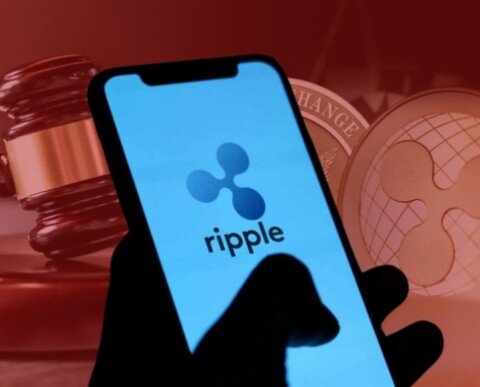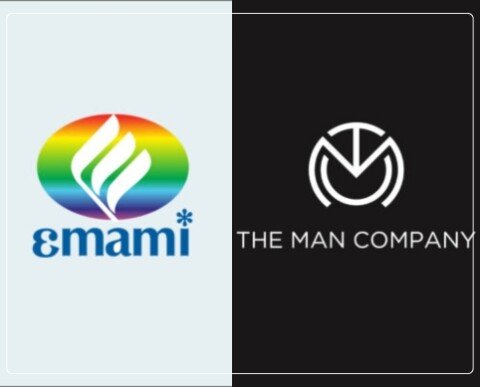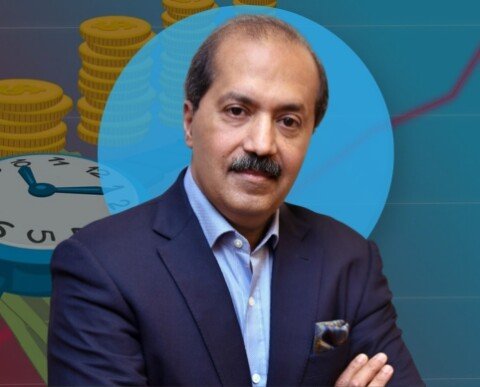New Delhi: Over the past year, Procter and Gamble (P&G) India, the local subsidiary of the Cincinnati-based consumer goods giant, has undergone significant changes that have contributed to robust sales growth, a senior company official revealed.
P&G India, which earns over ₹10,000 crore from the sale of products like Tide detergent, Gillette razors, and Head & Shoulders shampoos, embarked on a restructuring process aligned with the parent company’s broader initiatives to revitalize its operations globally.
The company raised efficiency, accelerated its time to market, and introduced additional items tailored to the Indian market last year.
The company’s sales increased by 15% in the first half of 2018–19 (July–December 2018) thanks to these efforts, according to an interview with Madhusudan Gopalan, managing director and chief executive officer of P&G India sub-continent. The business uses the July–June fiscal year.
The updated approach that we have implemented both internationally and, more recently, in India has been the main motivator. We have endeavored to establish leadership in the areas of product, packaging, communication, go-to-market, and value. “We have repeatedly intervened in India,” Gopalan declared.
According to Gopalan, P&G has been attempting to increase its presence throughout the nation by utilizing a network of seven million stores.
“We are also boosting productivity throughout the entire company,” he added.
P&G has also increased the rate at which it has introduced products in India over the last 12 months, including Gillette Mach 3 Start razors, Pampers Premium Care for kids, and Whisper Choice Aloe Vera Freshness.
The Head & Shoulders brand has remained at the top of the shampoo category for the past three months.
The company is focused on enhancing its supply chain efficiencies to accelerate its market delivery.
“We are extensively working on supply chain analytics to determine the most efficient methods to reduce waste and improve effectiveness, starting from the store and reaching back to the plant,” said Gopalan.
P&G operates three business entities in India. Gillette India Ltd. and Procter and Gamble Hygiene and Health Care Ltd. are publicly traded, while Procter and Gamble Home Products Pvt. Ltd. is a wholly-owned subsidiary of the parent company.
At the moment, 2.5% of the company’s worldwide sales come from India.
After taking over as P&G India’s leader in April of last year, Gopalan was tasked with increasing sales and productivity in order to maintain the company’s competitiveness. This was particularly important as Hindustan Unilever (HUL), India’s largest consumer goods company by sales and the local subsidiary of Anglo-Dutch firm Unilever Plc, has been aggressively expanding its operations.
HUL’s recent acquisition of GSK Consumer Healthcare Ltd. is expected to further strengthen its position in India’s consumer goods market. Even Patanjali, a relatively newer player, has made notable inroads in the market.
In contrast, P&G, which entered India in 1989, has faced challenges, experiencing losses for several years before turning profitable. In 2014-15, the company initiated a portfolio transformation as part of a global strategy to enhance profitability in India.
However, Gopalan indicated that the situation is improving. He declared, “Going forward, we aim to be a strong growth driver for the global parent.”






